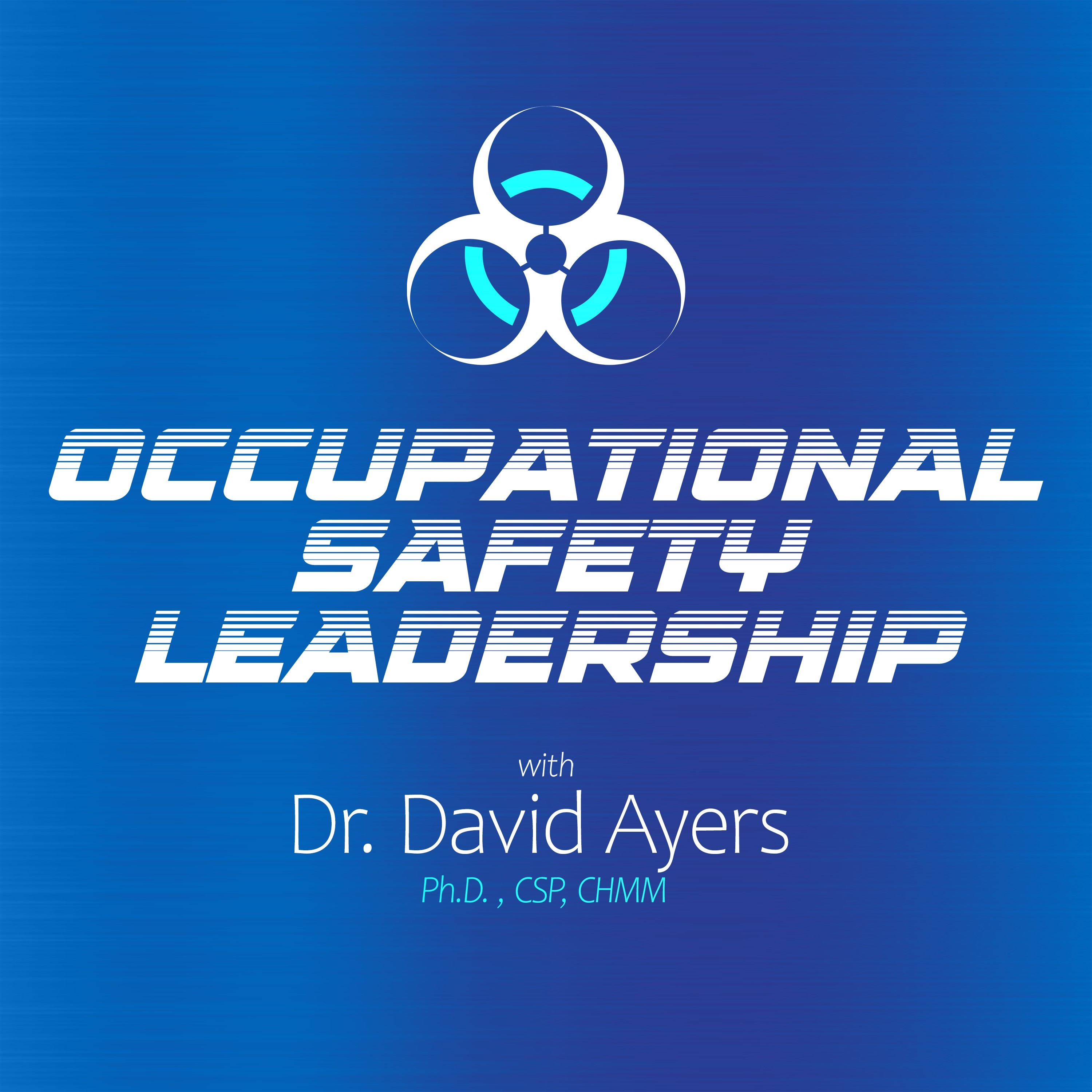In today's episode, Dr. Ayers discusses the importance of correcting hazards by level of severity and likelihood and not by who yells the loudest.
The Occupational Safety Leadership Podcast
Episode 163 - Reduce Hazards by Severity and Consequences

Welcome to the Occupational Safety Leadership Podcast, episode number 163. And in today's episode, we're going to talk about reducing hazards by severity and likelihood. Sometimes you see this expressed as consequences and likelihood, but let's think about just literally the word severity, you know. We don't have endless time, money, effort, or attention is in a lot of places. So, I think we as safety professionals should do a much better job, and I'm also speaking to myself at the same time, sit down and say, "How do I get the biggest bang for the buck? How do I look at my hazards? How do I rank them by risk? And how do I really know what to spend my time and my money, my effort, my attention, and all that stuff on them?" So, I do know at times, some of us out there work in a rock paper scissors organization where somebody will outrank you and say, "You're going to work on this," and not that that doesn't have merit, but talk to these folks. Let these folks know that you just can't work on things that look really good, don't cost any money, and everybody feels good. I mean, work did get done, focus on the severity and likelihood then. So, when we kind of think about our typical risk assessment matrix out there, there's a lot of different styles and models, and this podcast is not about that, but have yourself a system in place. I like to use the five by five matrix with likelihood and consequences, and so I now have as much of a scientific approach as I can, really not ready to say it's 100% scientific, because there are things that are really hard to quantify, of course, but this gives you a chance to say, "This is exactly how I ranked it. This is exactly the biggest risks that we have out there. Let's focus on getting rid of these consequences. High likelihood, high consequences, these actions, let's make it overall safer here as opposed to we worked really hard and we got the low hanging fruit, and boy does it look good because we accomplished 15 things this year. I think it's much, much better to accomplish, only three, and really look at the, at the high likelihood, high consequence, severity, and all that stuff then. So, today's podcast was not just to talk to others out there, but it's to talk to myself because even I, at times, feel the pressure when somebody says, "I really need this done," and not that they're not right. That might be something that they really need done, but in the clean scheme of things, if they're number five or six, you have to have those uncomfortable talks and say, "I get it. You want your stuff done, but I've got to focus my time, effort, and money on these other five in front of you." Not that you're not important, but we're doing things by severity and consequence, not by who yells the loudest and gets their way because people just get tired of hearing that. So, that is it for today's episode. I want to thank everybody for joining me. This was episode 163, where we kind of did a little pep talk, or call it. I don't know if I've done a pep talk one yet, but let's, let's, let's call it a pep talk on reducing hazards by severity and likelihood. Thank you for joining me. My name is Dr. David Ayers. Have a safe day.
In today’s episode, Dr. Ayers discusses the importance of correcting hazards by level of severity and likelihood and not by who yells the loudest.